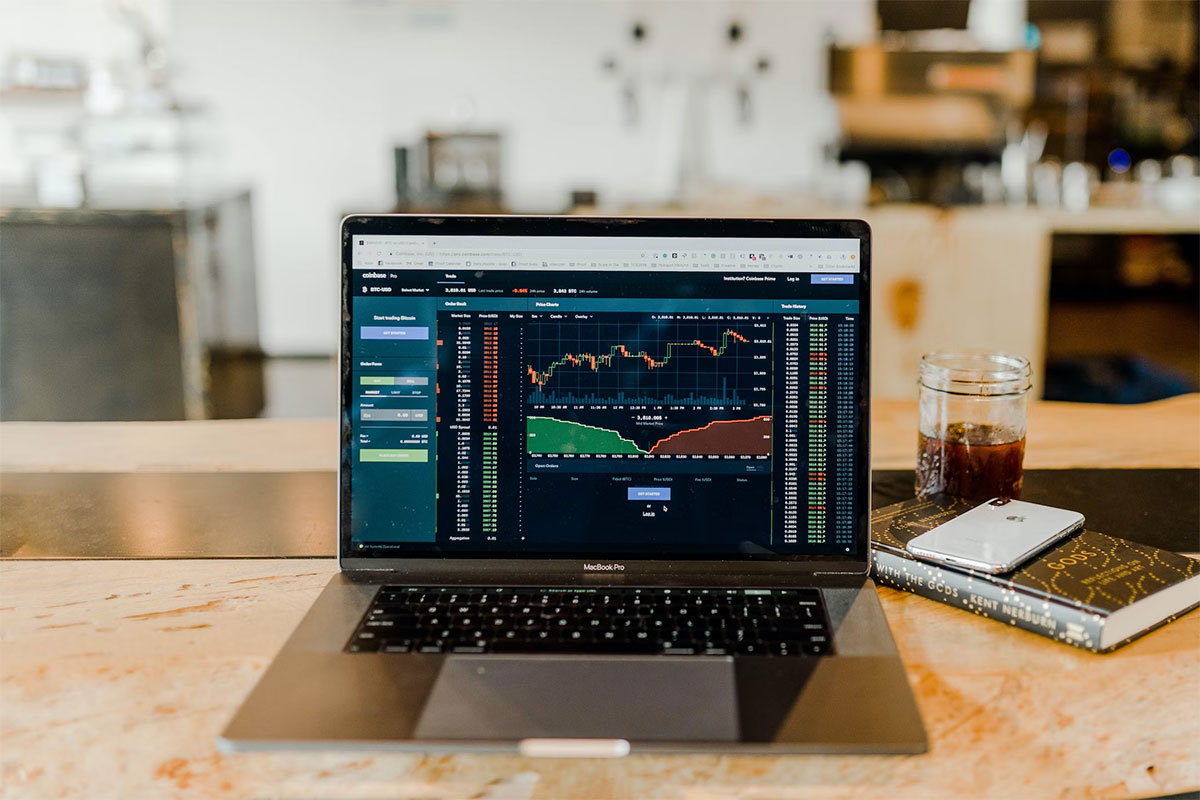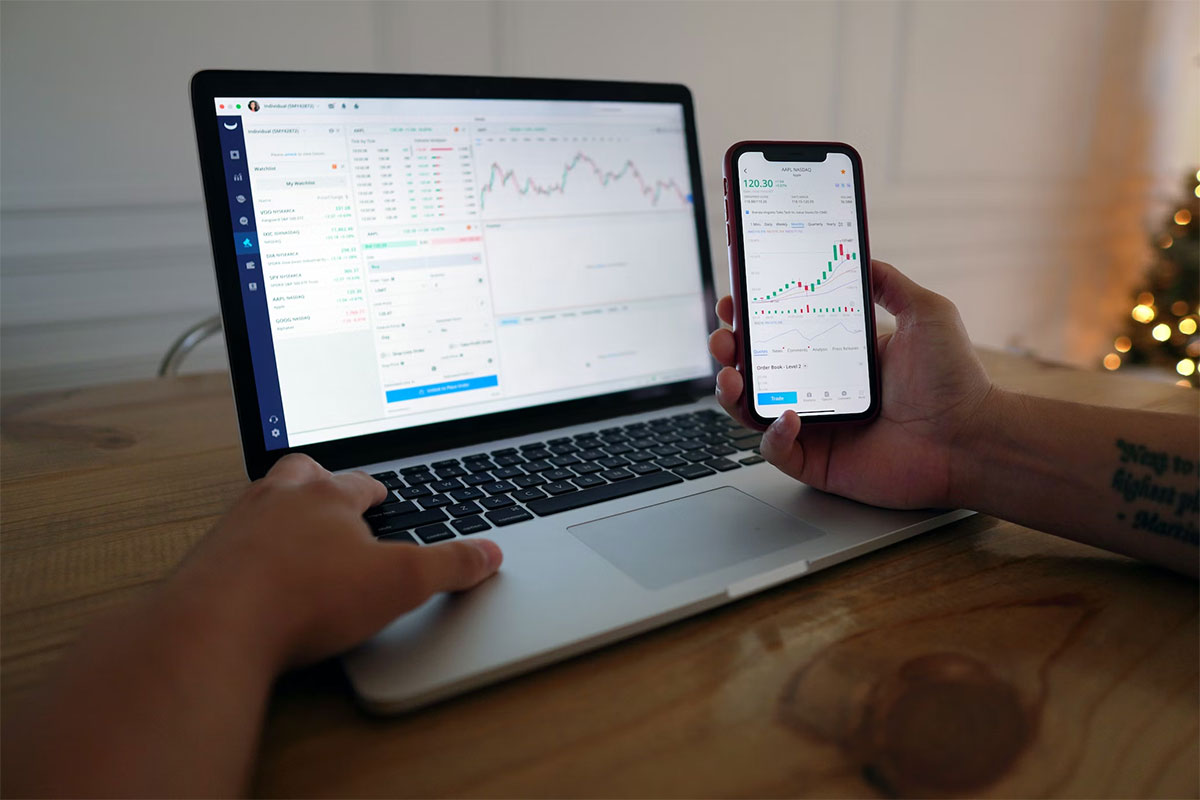The forex market is designed to open up investors to many financial opportunities. One of these is Contract for Differences (CFD). It’s a popular alternative because it allows investors to invest in an asset while paying a fraction of its total value. This means traders do not have to bear the risk of owning an asset before benefitting from its potential increases. That’s not all there is to know about CFDs, but here are the basics.

Source: Joshua Mayo, via Unsplash
Introduction to CFDs And Margin
CFD trading is an agreement between a trader and a broker where the investor bets on a possible change in the price of a certain asset. The concept here is benefitting from increased asset value without going through the risk of owning the asset. In addition, it allows investors to open larger positions more than the capital they have at hand. With CFDs, you pay a fraction of an asset’s worth and go long or short. Going long is buying and betting on an increase while going short is selling and betting on a price decrease.
Margins in CFDs are the minimum amount investors have to deposit to make a trade. This often depends on the liquidity of the asset. Some assets require margins as little as 3.33%, while others, due to illiquidity, might need about a 20% deposit on a trade.
Pros and Cons of CFD Trading
Like with every other investment opportunity, there are always two sides to the coin. Trading CFDs has many advantages, but there are also disadvantages that traders should be aware of.

Source: Joshua Mayo, via Unsplash
CFDs: The Pros
Leverage Higher
One top advantage everyone would mention when discussing CFDs is their higher leverage than other trading types. With as low as 2% of the total value of an asset, a trader can go up to 50% of the investment in question. Being able to enter with a relatively lower margin means traders can leverage higher and enter the market with less capital. This key advantage makes CFD a good option for beginner traders or small-scale investors looking to minimize risk.
Profit Potential in Bears or Bulls
Traders who explore CFD trading can open positions in a rising or falling market — going long or short increases any investor’s profitability more than ever. Whether there is a consistent decline in market conditions or the opposite, traders can capitalize on any range of market fluctuation.
Flexibility in Lot Sizes
Another significant advantage that traders encounter with CFDs is that it allows for more fluid lot sizes and accommodates more people, unlike other trading options. Brokerages can help by offering CFDs that enable traders to access smaller lot sizes, equating to less for those looking to start small.
Fewer Restrictions
Unlike other investment opportunities, CFDs do not depreciate over time, are not bound by day trading requirements, and do not have set expectations. Ultimately, this trading isn’t bound by the numerous restrictions that other markets might come with.

Source: Joshua Mayo, via Unsplash
The Cons
A wide range of complexities accompany leveraging CFDs for profits, so it is mainly recommended for expert traders. The risks involved aren’t always as discussed as the advantages of this trading model. Gapping is one of the problems often encountered with CFDs, and it occurs when the price of the asset in question falls before the trade is executed. When this happens, the traders bear more of the loss and would have to take less than the expected profit or cover the losses incurred by the broker.
The risk of over-trading also sometimes poses a problem for traders. The lower entry point that CFDs offer can be as easily abused as it can be beneficial. Traders can easily get exposed and end up overtrading, which puts them at risk of multiple losses. You can avoid this by being watchful and avoiding entering various trades simultaneously.
Lastly, the margin requirements of CFDs are solely determined by the broker. This leaves room for certain restrictions or inflation in margin prices. The margin factor also speaks to the lack of regulation in this market. The CFD market isn’t highly regulated, giving room for less credible and trustworthy brokers. Ensure that you ascertain your brokers’ credibility before you begin trading.
Getting Started With CFD Trading
Many trading platforms and brokerage systems allow CFD trading. You can start by checking out platforms like OANDA, where you can access brokers you can trust. After choosing a reputable broker, open and fund your account. Once you have done this, you can select a CFD market and place your trade. Some dos and don’ts in this trading model are always to have a solid trading plan and work with a reputable broker. With these in place and your knowledge about CDFs from this article, you should be able to cut down on some of the risks of trading in the market.









